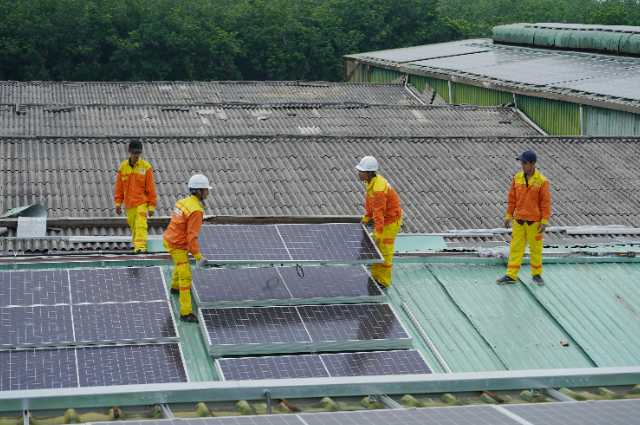
In recent years, something subtle but powerful has been changing in the way Indians think about their homes. It’s no longer just about owning a house but also about what that home says about the way we live, the values we hold, and how we treat the environment around us. More and more, people are beginning to see their homes not just as shelters, but as opportunities to make a difference. This is where the growing interest in sustainable housing comes in.
So, why are eco-friendly homes catching on? What’s driving this quiet revolution in how we build and live? One of the biggest factors is a growing awareness of the environment. Climate change is no longer just a topic for global conferences or newspaper headlines—it’s something we’re experiencing firsthand. Sweltering heat waves, unpredictable weather, water shortages—these are becoming part of everyday life. In response, many homeowners are looking for ways to lighten their environmental footprint, starting with their own four walls. Things like solar panels, rainwater harvesting systems, energy-efficient appliances, and homes designed to use natural light and ventilation aren’t just smart, they’re becoming essential.
Rising energy costs are another major motivator. Electricity bills are steadily climbing, and running a home is getting more expensive. That’s where sustainable housing makes a real difference. These homes are designed to consume less power, thanks to better insulation, smart layouts, and technologies like solar energy and LED lighting. Over time, they don’t just save energy, they save money. Many people find that investing in a green home pays off in the long run.
Government support has also played a key role in this shift. Policies like the Energy Conservation Building Code (ECBC) and certifications such as GRIHA and IGBC have made it easier and more attractive for builders and buyers to go green. These initiatives offer both incentives and guidance, helping to bring sustainable practices into the mainstream of Indian construction.
GRIHA is a national rating system developed by TERI (The Energy and Resources Institute) and endorsed by the Ministry of New and Renewable Energy (MNRE). It evaluates buildings based on their environmental performance, looking at energy use, water conservation, waste management, and more. Government buildings and public sector constructions are increasingly required to meet GRIHA standards.
Launched by the Ministry of Housing and Urban Affairs, this program supports startups and technology providers to develop sustainable, affordable housing solutions. It promotes alternative construction materials and methods that reduce environmental impact while remaining cost-effective.
Rapid urban growth has also pushed sustainable housing into the spotlight. As cities expand, resources like water and electricity are becoming increasingly stretched. In this context, green homes are no longer just about being environmentally conscious, they’re also about practicality. Systems like greywater recycling, solar backups, and buildings designed to stay cool naturally are becoming necessary solutions in high-density urban areas.
Health and well-being are another important part of the conversation. Green homes often use natural, non-toxic materials and are designed to improve indoor air quality, bring in more sunlight, and create peaceful, green spaces. In a country where pollution and crowded living conditions are ongoing concerns, these features offer a breath of fresh air, both literally and figuratively.
What’s promising, though, is the change in mindset, especially among the younger generation. Today’s homebuyers are more informed, thanks to increased access to environmental education, media, and online platforms. For many, choosing a sustainable home isn’t just a smart financial or ecological decision but a reflection of their values. Living green has become a conscious lifestyle choice, not just a passing trend.
And with new technologies and construction methods, building sustainably is no longer only for the wealthy. Innovations like modular design, recycled materials, and smart home systems are making it possible to go green without going over budget. Builders are catching on, too, offering more affordable, eco-friendly options to meet this growing demand.
The real estate market is beginning to reflect this change. More and more buyers are asking for green-certified homes, not only because they’re good for the environment, but because they come with practical perks: lower power bills, better resale value, and lower upkeep costs. Developers are responding, making sustainability a standard feature rather than a luxury add-on.
In the end, India’s growing shift toward sustainable housing is more than just a trend—it’s a necessary response to the challenges of our time. Whether it’s the climate crisis, rising living costs, urban pressures, or health concerns, the reasons to go green are both urgent and deeply personal. And in a country as dynamic and forward-thinking as India, this movement toward eco-conscious living is not only inspiring—it’s vital.
